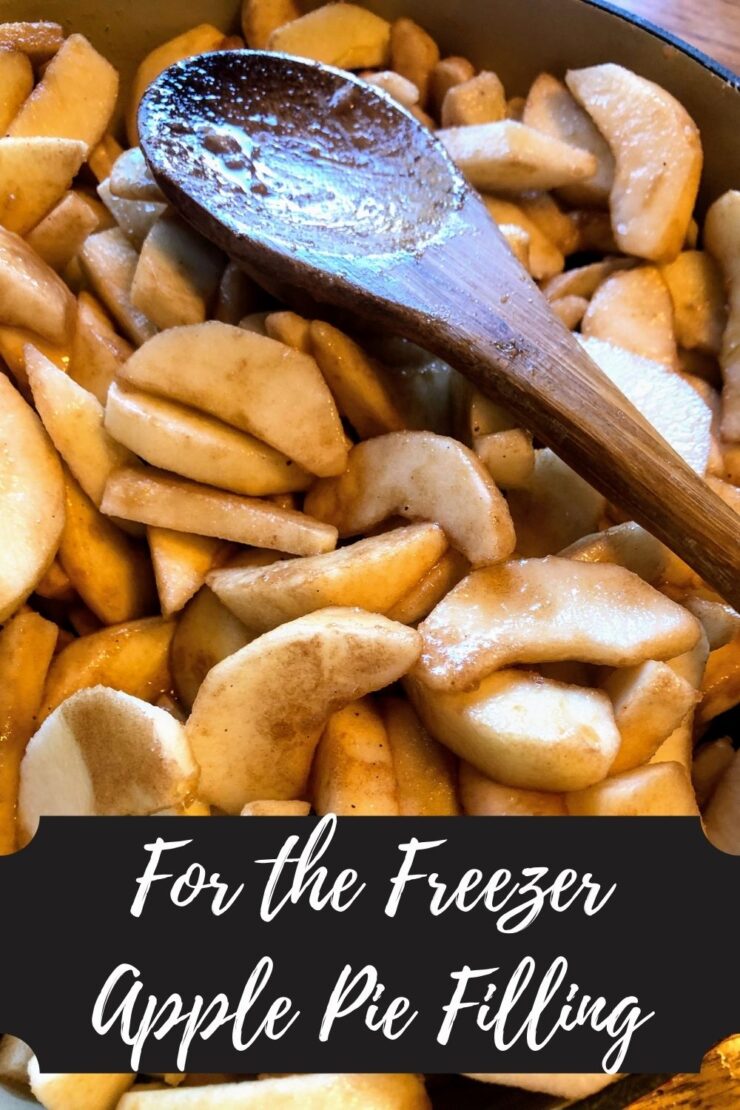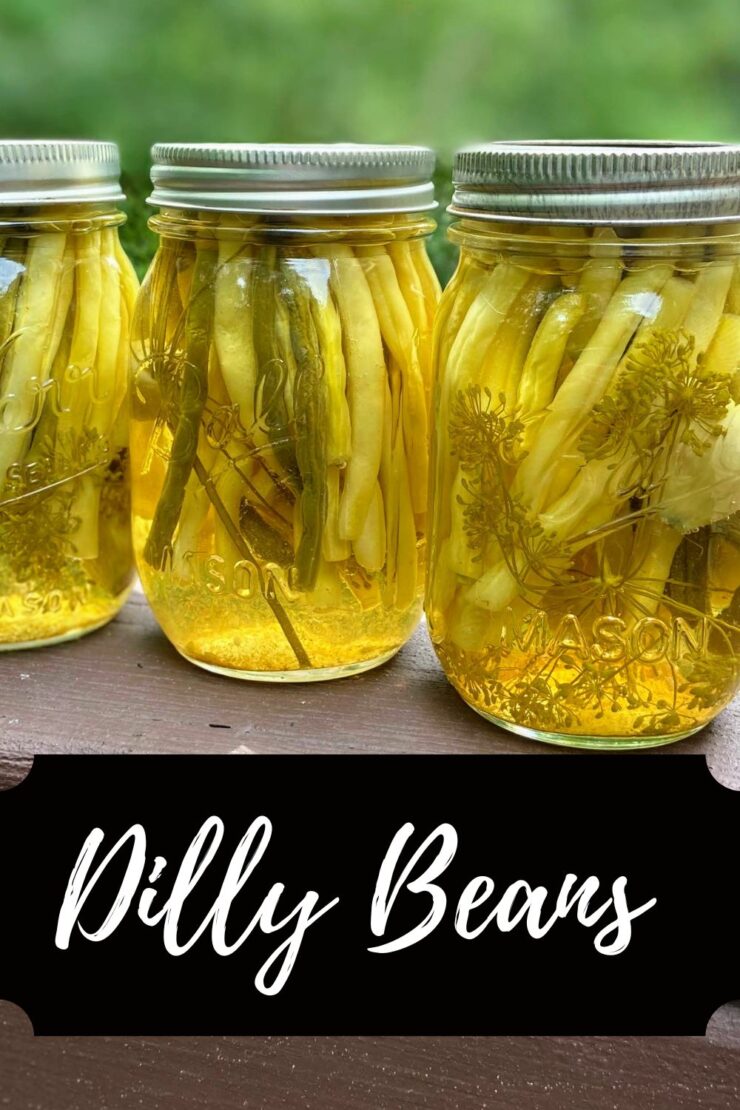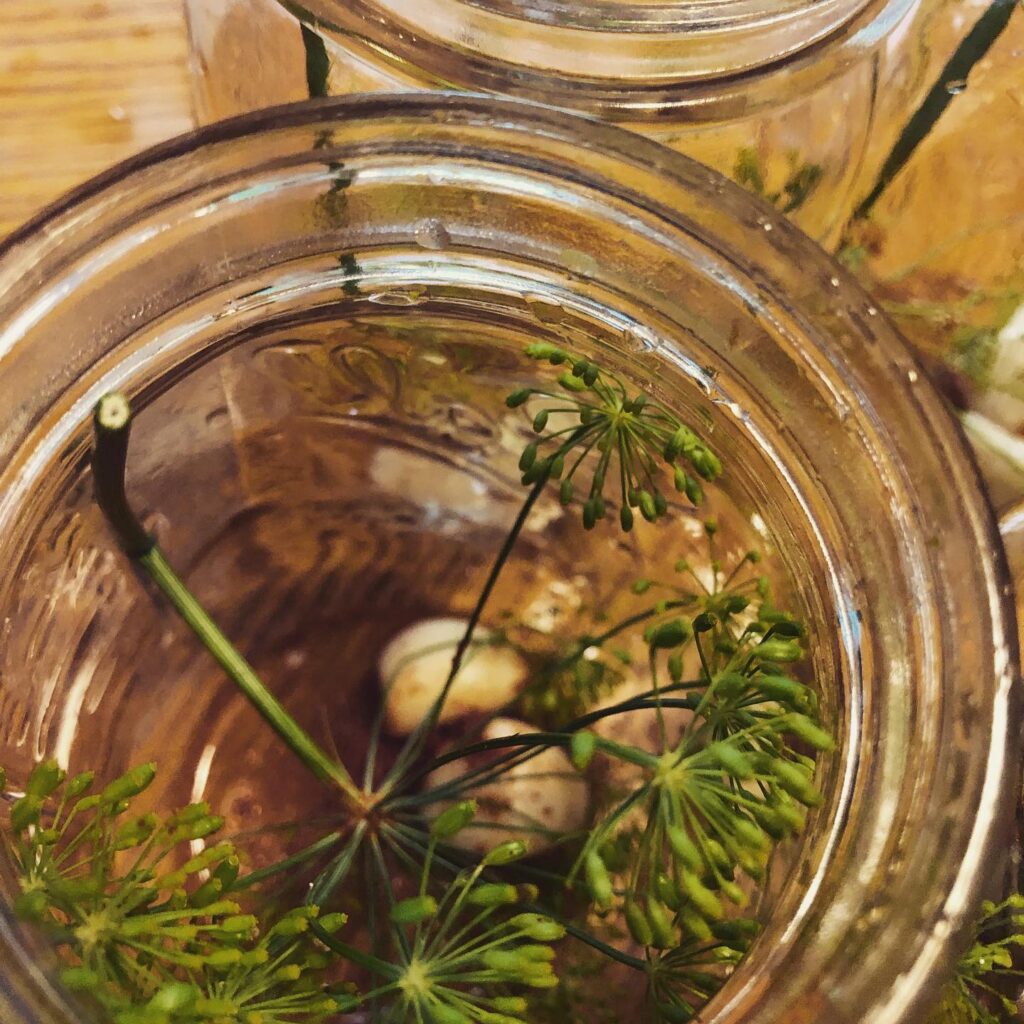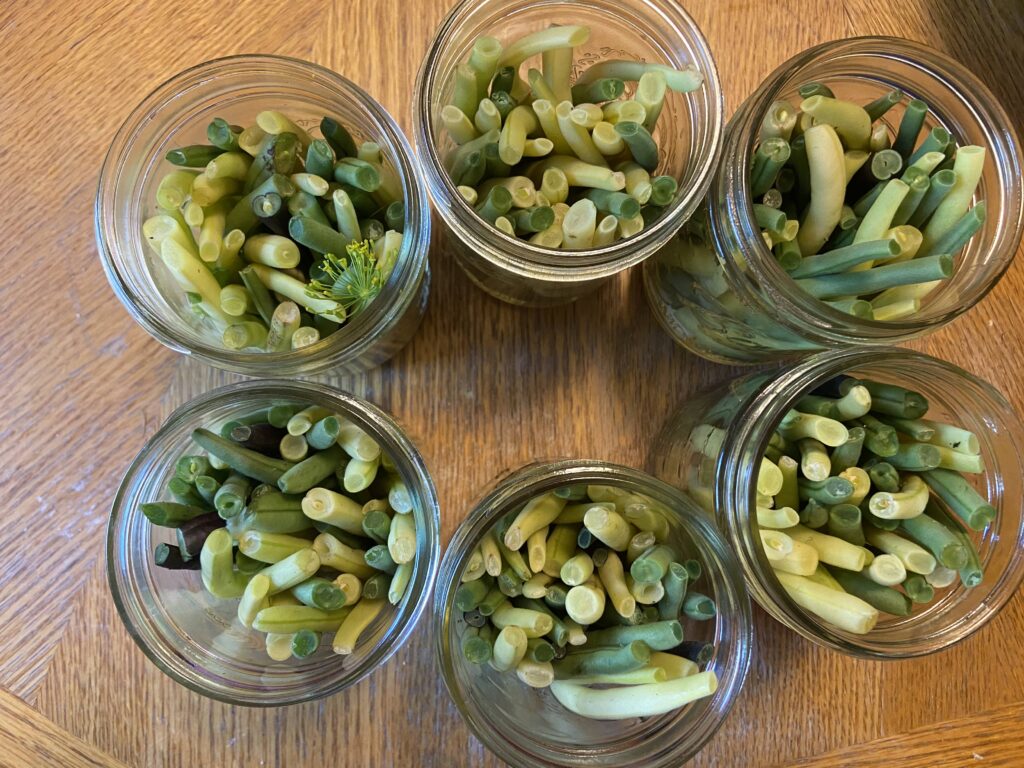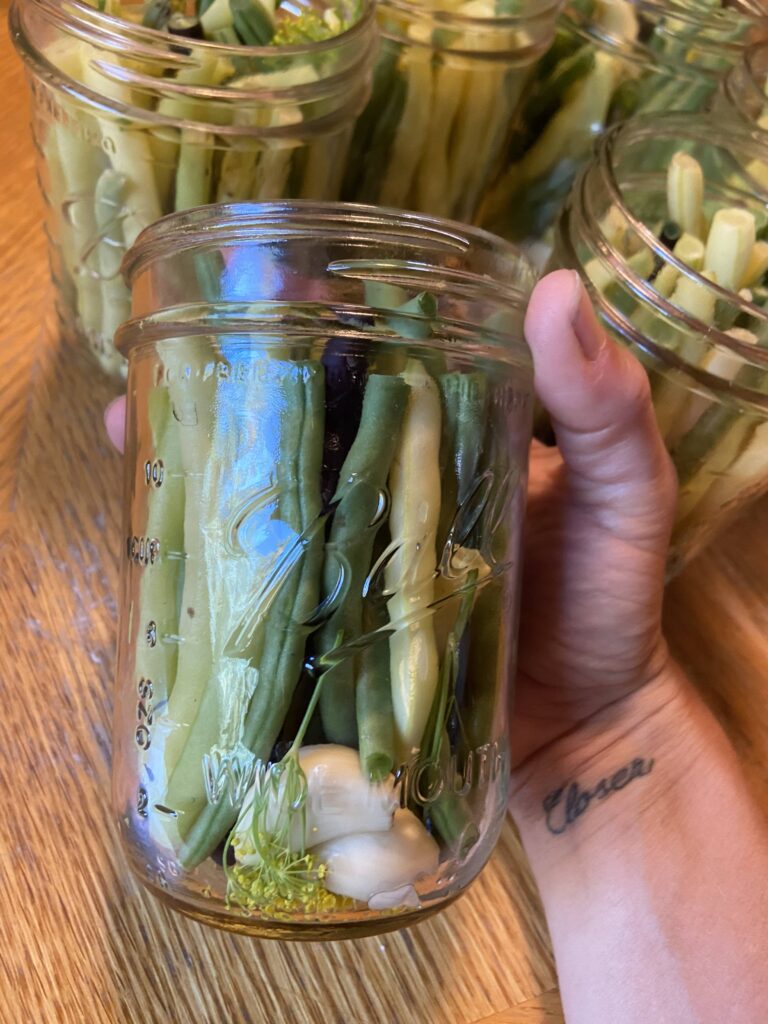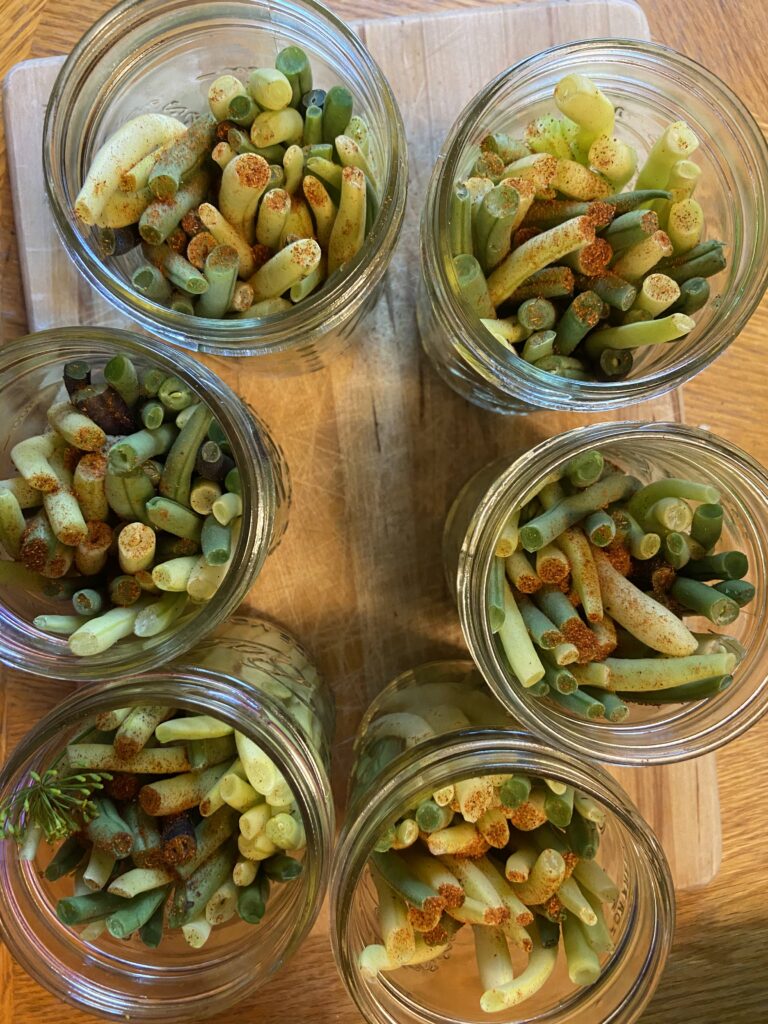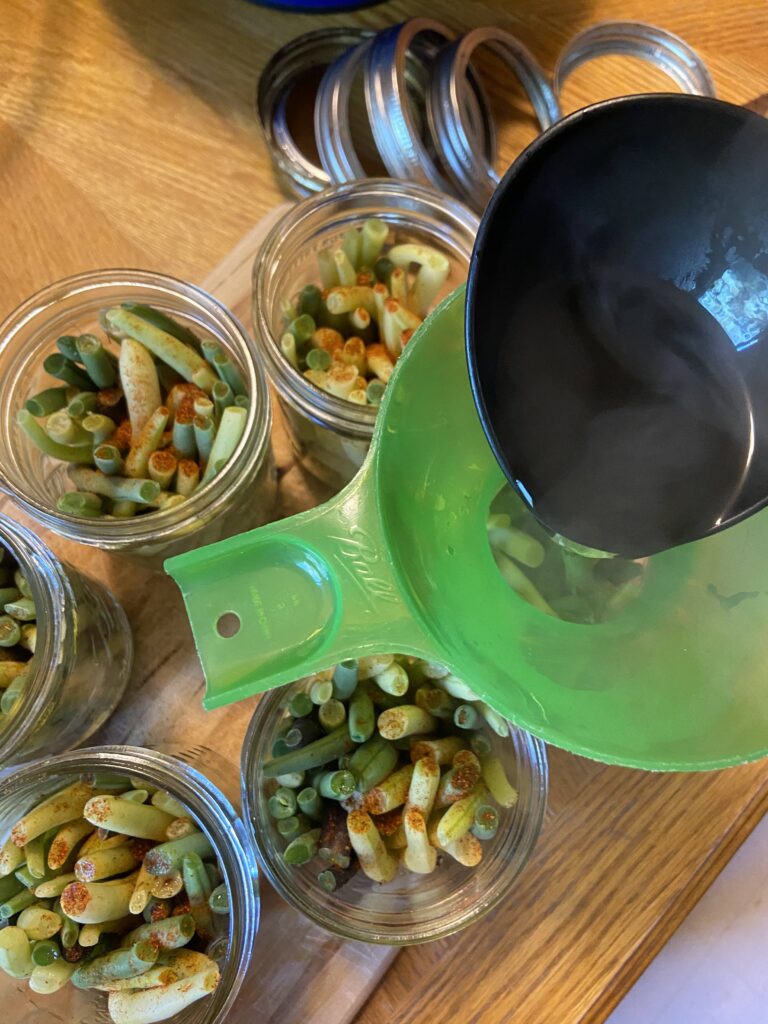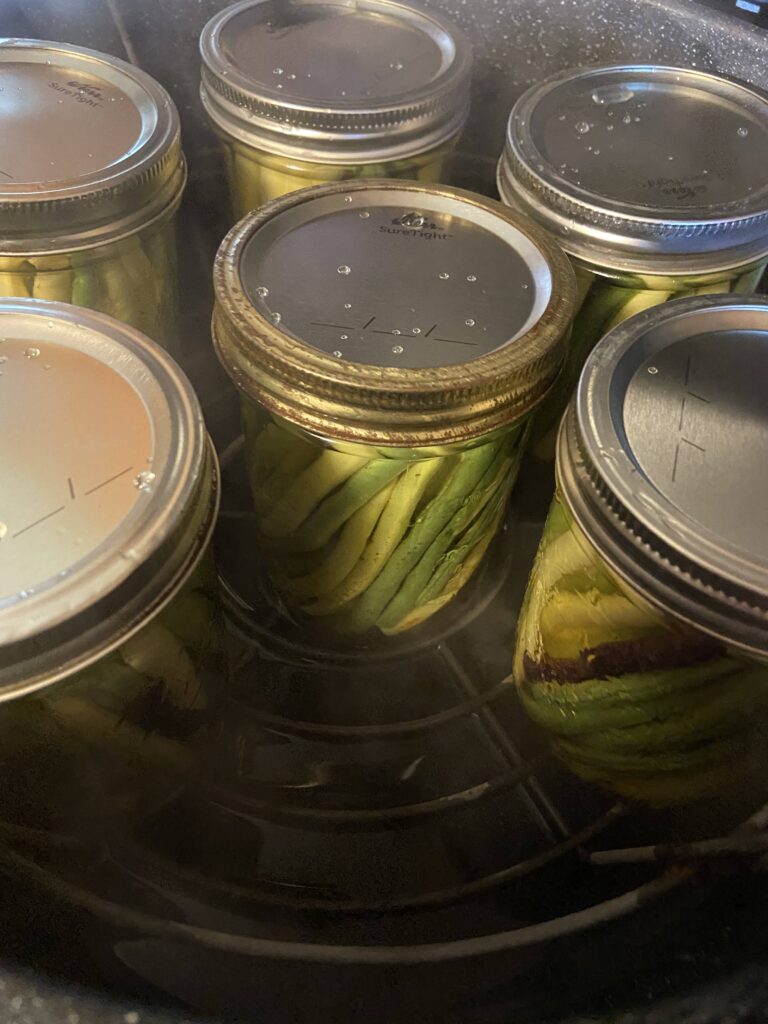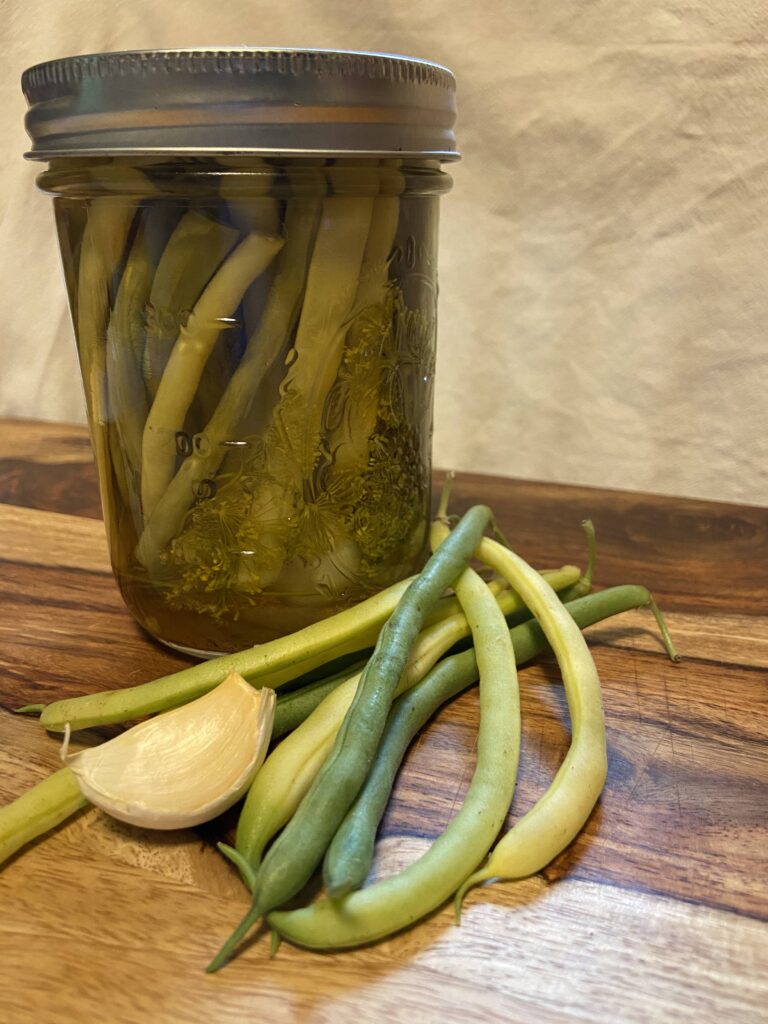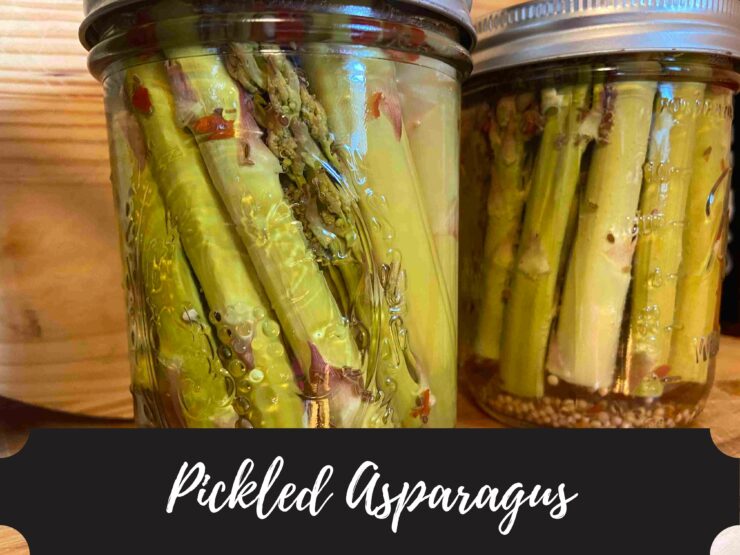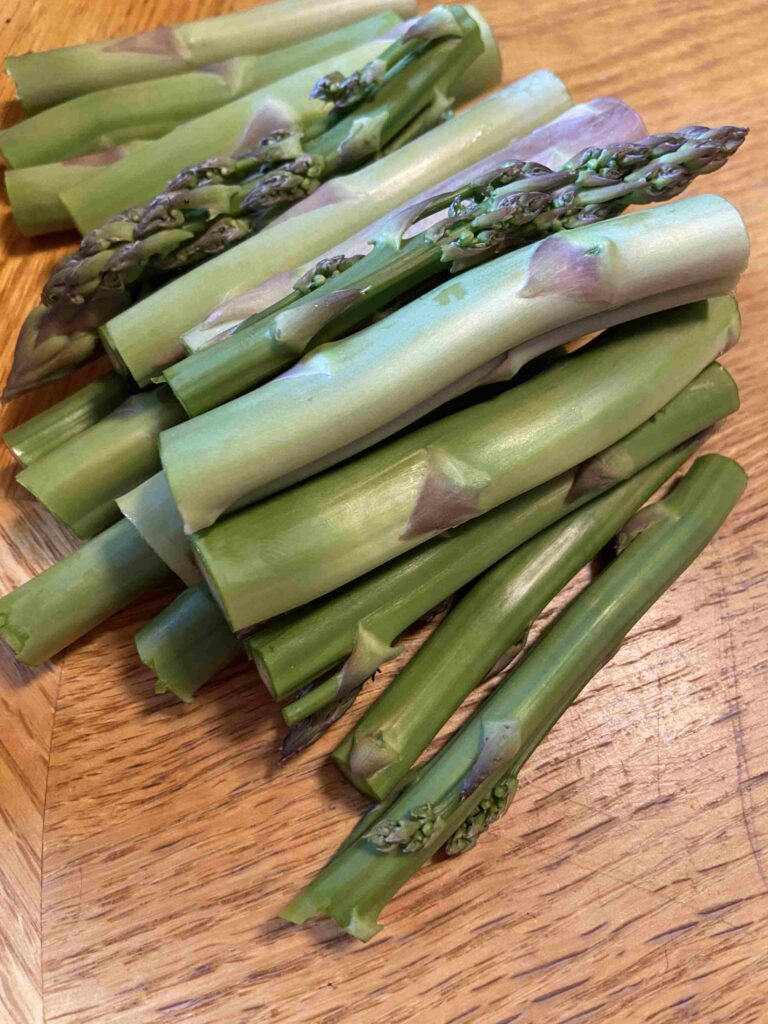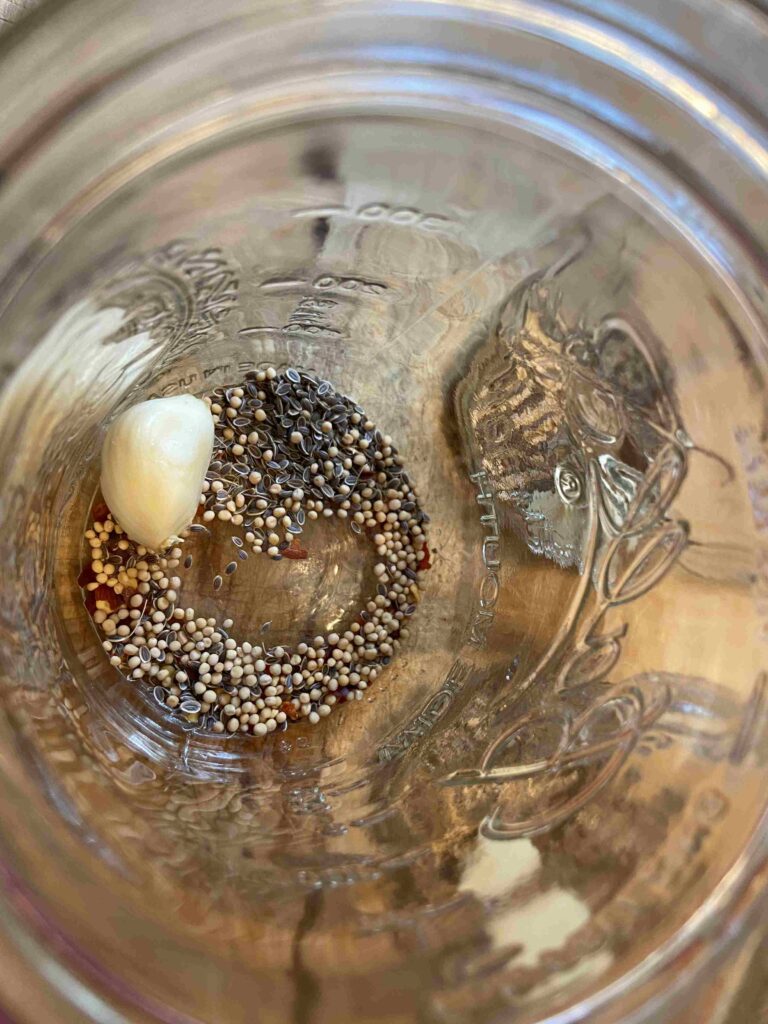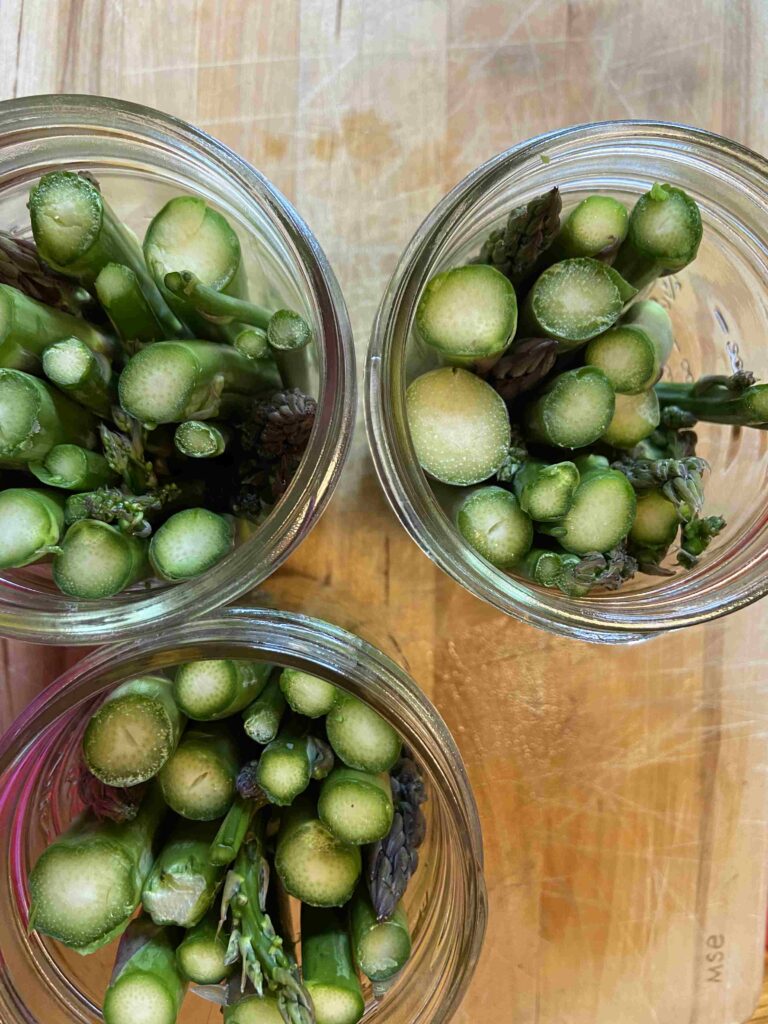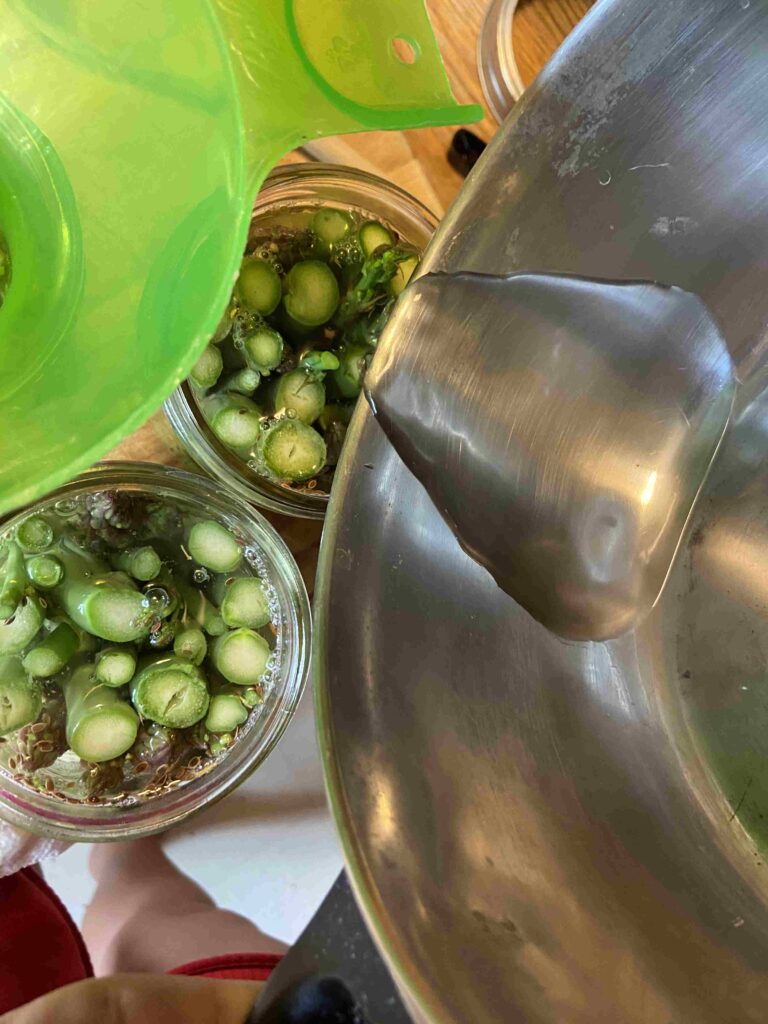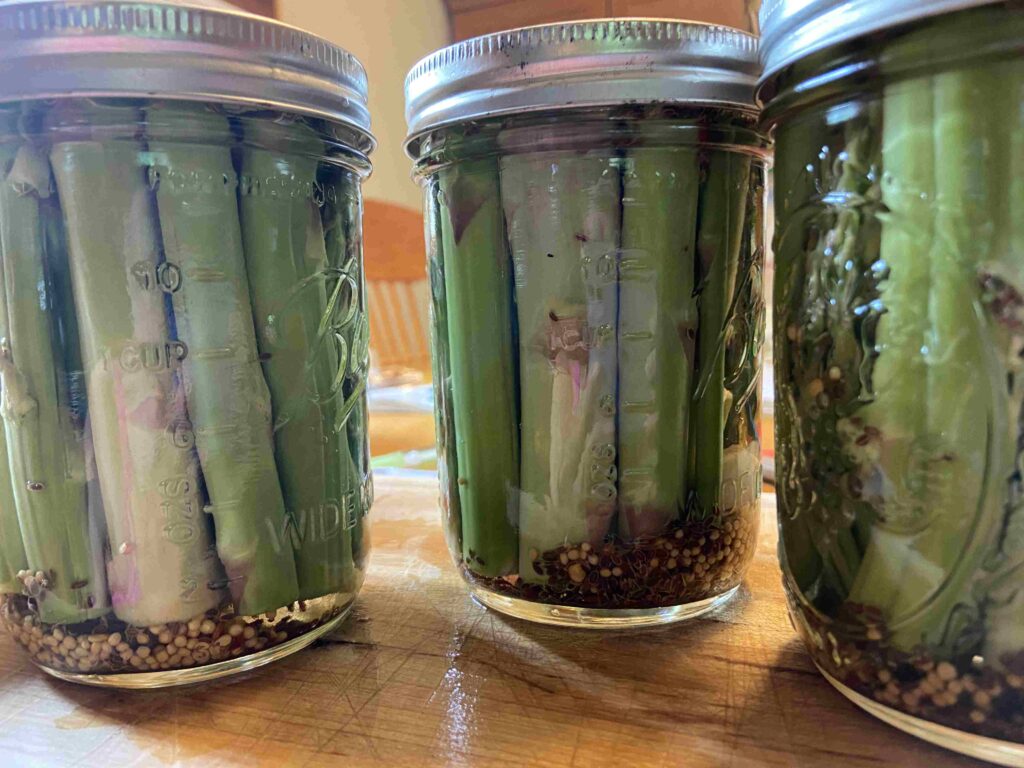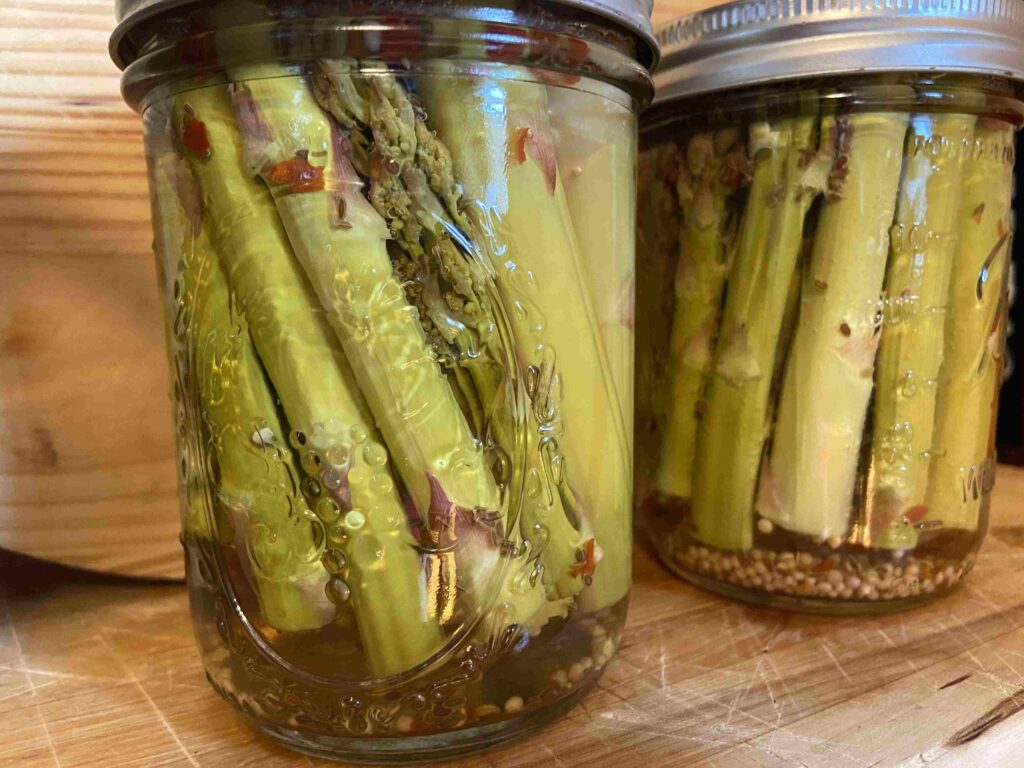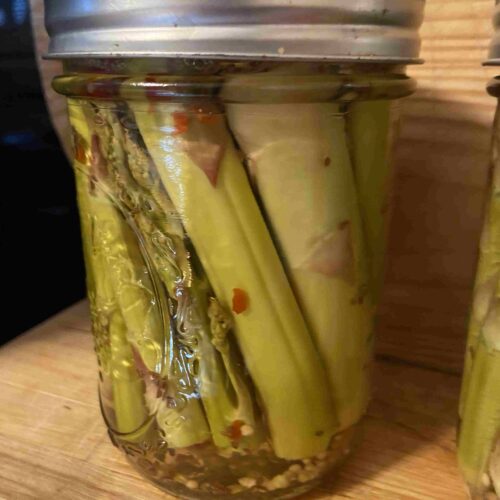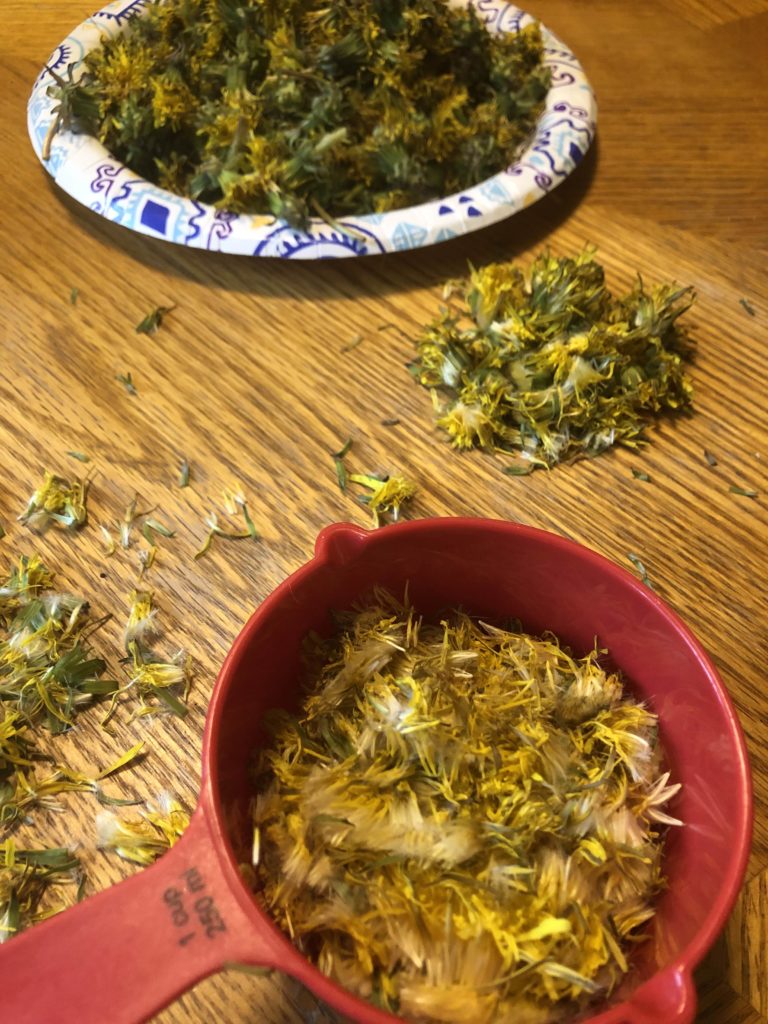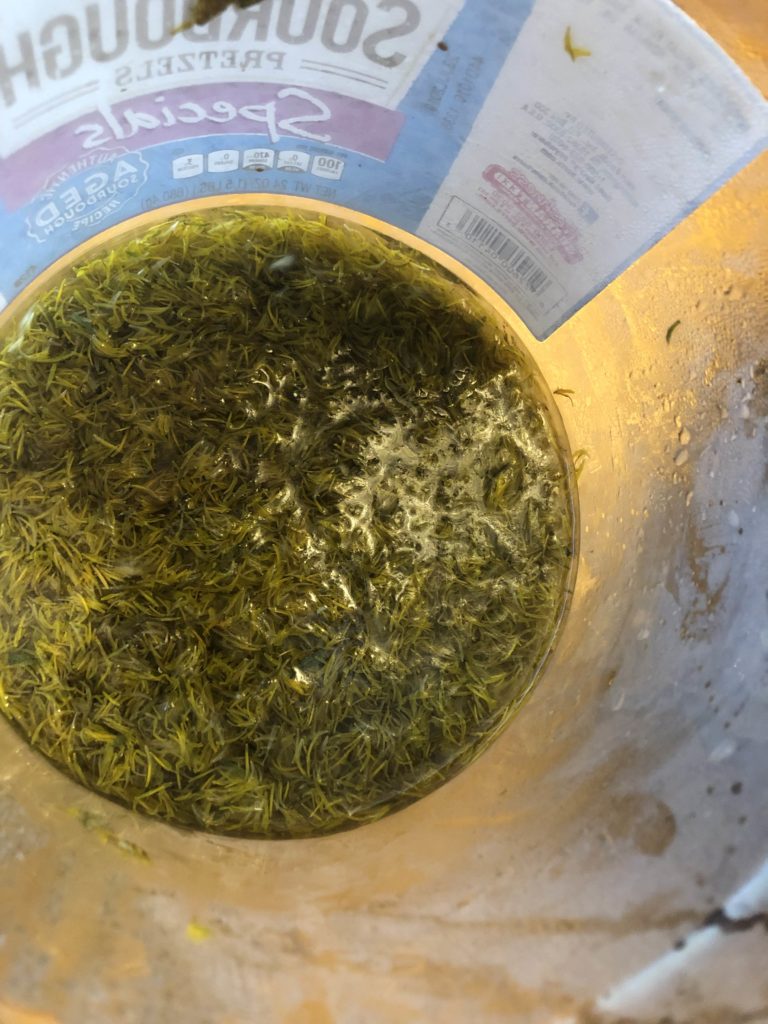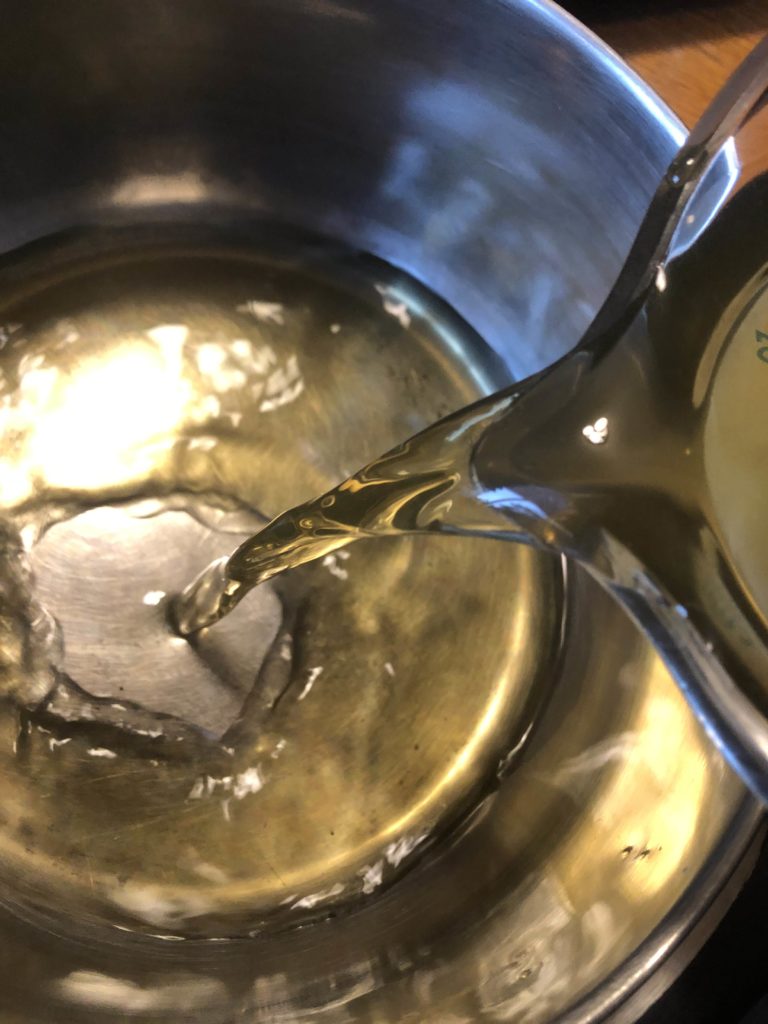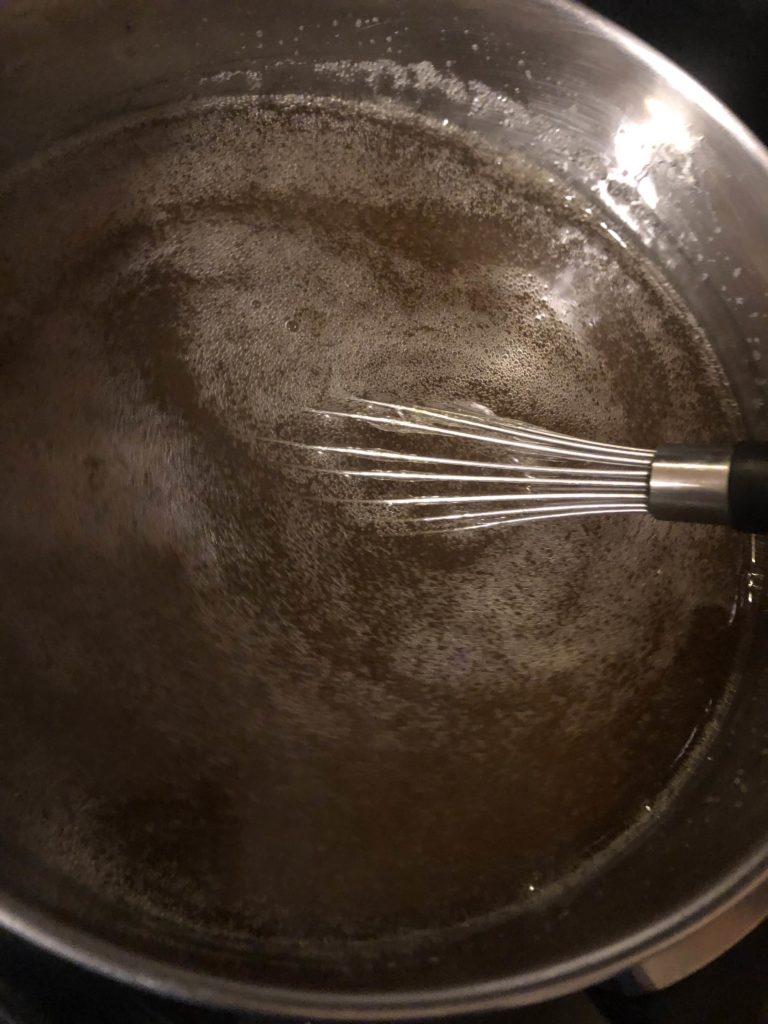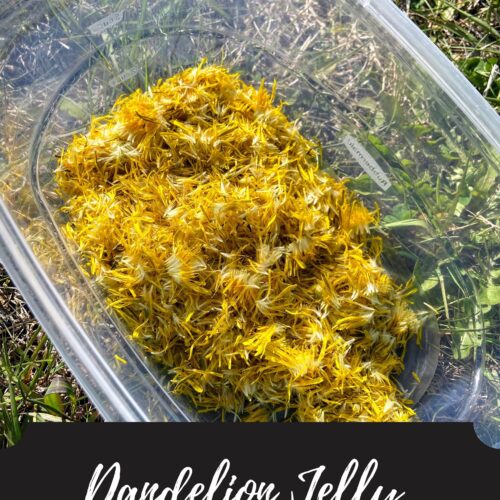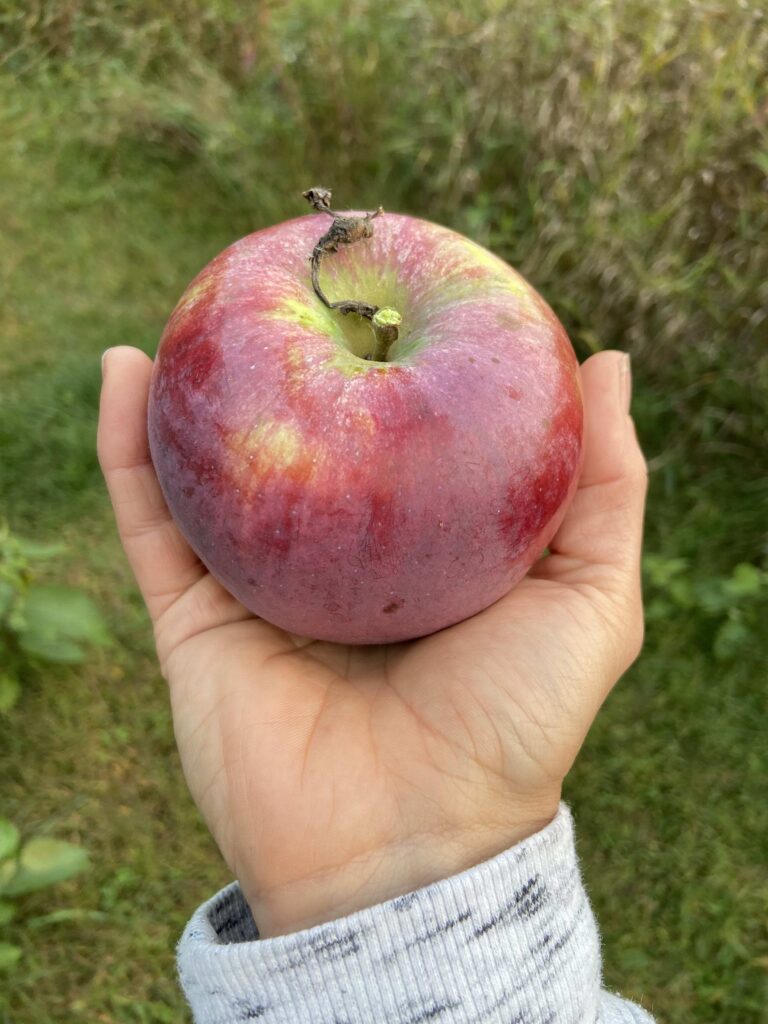
Garden season is giving way to orchard season and the apples are ripe for the picking in Northern Wisconsin. At our house, we have planted a few fruits every year over the last ten years, and have reached an “orchard” of about sixteen fruit trees, nine of which are various apple trees. I have to love my husband as he researches types of apples and makes sure we have apples through the whole season. A favorite go to recipe that I do every year is freezer apple pie filling.
It’s a simple recipe with minimal work that fills your freezer with fresh apples so that you can enjoy and create pies and crisps all year long in ten minutes flat! Who doesn’t love a dessert that looks and tastes like you were in the kitchen forever, but really, you had it put together basically during the commercial break of your favorite show? (Does anyone even have commercial breaks anymore? I guess I am getting old 😉 )
In all seriousness, if you are a person who LOVES hitting up the local orchards, you need this apple pie filling in your freezer. It will bring back all the good memories and joy the orchard brought you and your family as you hit it up in your flannels and boots 🙂
Your Ingredients
- 6 pounds of apples, peeled, cored and sliced after measuring out your weight
- 1 1/2 cups sugar
- 1/4 cup flour
- 1 1/2 teaspoon cinnamon
- 1/4 teaspoon nutmeg
- 2 tablespoons lemon juice
Your Steps
Place sliced apples in a large kettle (I love my Dutch oven here). Mix sugar, flour, cinnamon, and nutmeg in a small bowl. Stir into apples. Let the apples and spices stand for 30 min to allow the juices to flow. Stir in lemon juice. Place apples on the stove and heat over medium heat until the mixture thickens, stirring often. This should take approximately 20 minutes. Pour into freezer safe quart containers (I love the Arrow containers I have linked below for this). Allow containers to cool with the lids ajar for 1-2 hours. Cover and label. Place apple pie filling in the freezer. When you are ready to use them, pull out of the freezer and place in the refrigerator 1-2 prior to using. Keep reading for a great recipe that uses these delightful containers of apples!
Oh, and save those peels and cores! You can make a great apple scrap jelly with those. Get the recipe here!
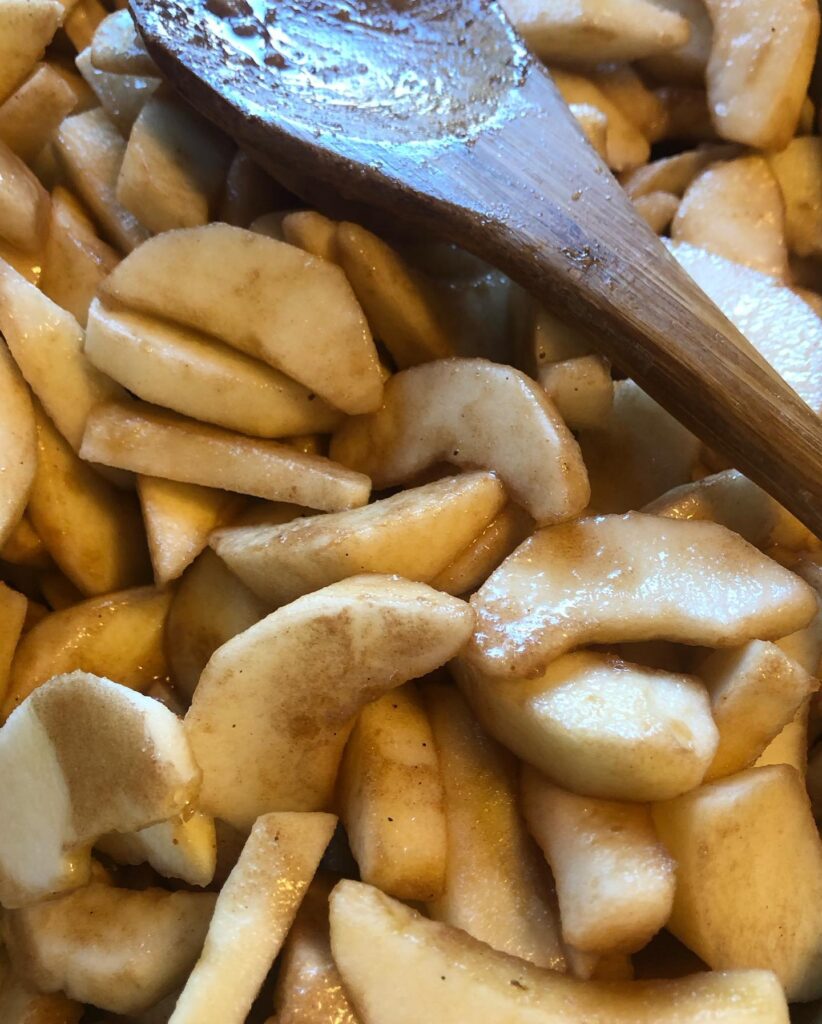
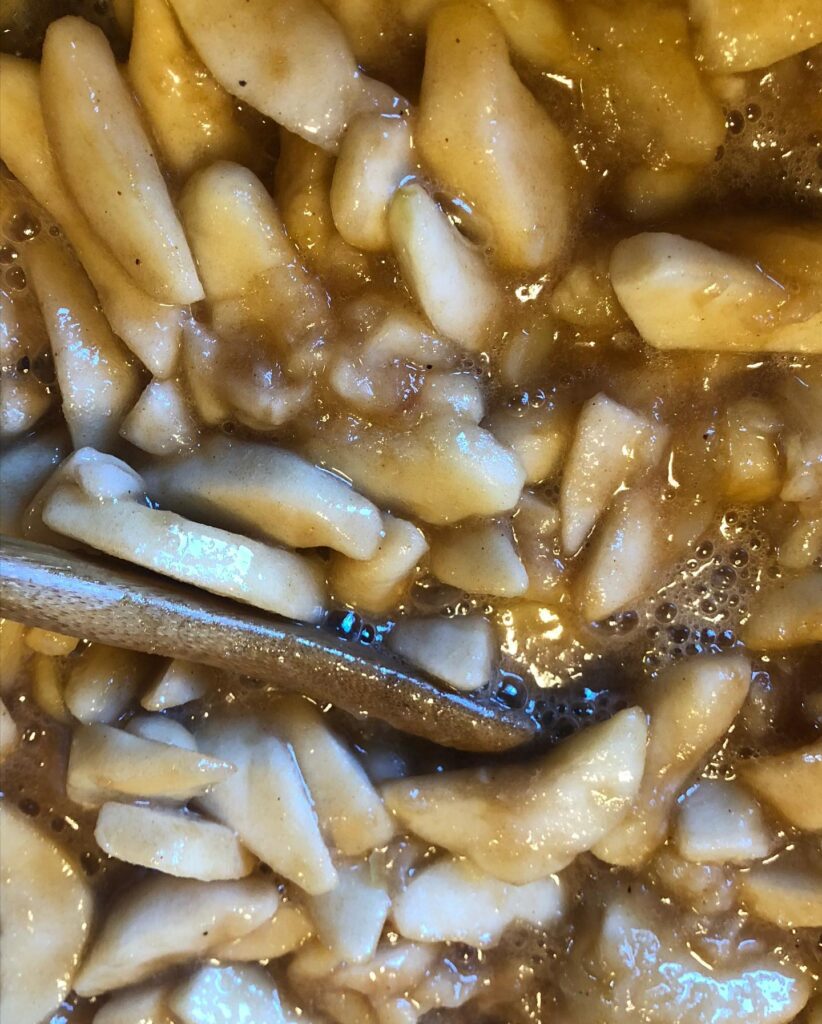

Prepped in 5 minutes flat Apple Bars
Ready to bake with this great apple pie filling, but not feeling a pie? Let me share what I love to throw together when I need a dessert and am short on time to prep.
Your Ingredients
- 1 ½ cups all purpose flour
- ½ cup oil (whatever oil suits you: olive, vegetable, coconut)
- 1 teaspoon salt
- 2 tablespoons milk
- ¼ teaspoon cinnamon (optional)
- ¼ teaspoon nutmeg (optional)
- 1 tablespoon sugar
- 1 quart thawed apple pie filling
Your Steps
Preheat the oven to 450 degrees. While the oven is preheating, combine all the ingredients besides the pie filling in a small bowl. It will be moist. Using your fingers, press the crust into an ungreased brownie pan (8×8 or 11×7). If you don’t have that size, a regular 9×13 pan works just fine too! It will just be a thin crust.
Spread apple pie filling evenly over the crust. That’s it. Place in the oven and bake for 15 minutes at 450 degrees. Lower the temperature to 350 degrees and bake an additional 20-30 minutes, depending on the size of your pan. Twenty minutes was perfect when I used a 9×13 pan. 30 minutes if you use a brownie pan instead.
If you are looking for a “healthy” apple bar, serve it up with vanilla Greek yogurt. But a scoop of ice cream right out of the oven would be delicious too!
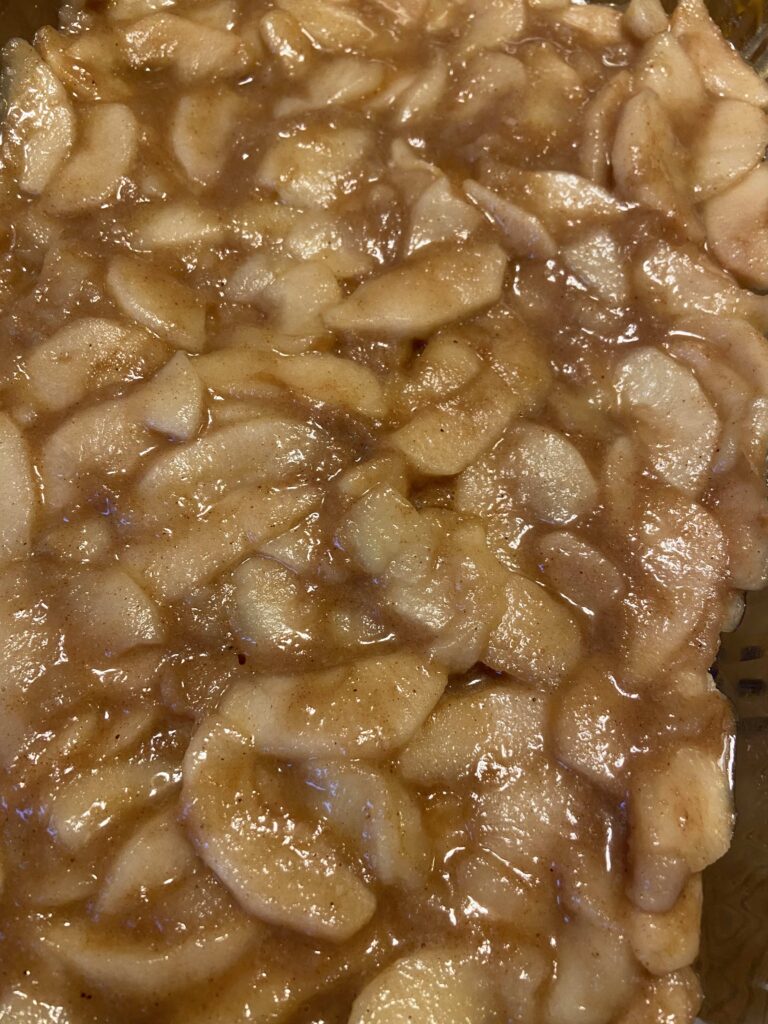

Tools of the trade
This is my go to pan. I really appreciate that it’s between a brownie pan and a cake pan.
These are seriously awesome. They freeze well and double as leftover containers for us when we use whatever was frozen in them.
Cast iron may be heavy, but does it ever cook nice. I also adore that it can go from stove top to oven for all my baking and roasting needs.
Looking for other recipes? Check out the page below:

For the Freezer Apple Pie Filling
Ingredients
- 6 pounds of apples peeled, cored and sliced after measuring out your weight
- 1 1/2 cups sugar
- 1/4 cup flour
- 1 1/2 teaspoon cinnamon
- 1/4 teaspoon nutmeg
- 2 tablespoons lemon juice
Instructions
- Place sliced apples in a large kettle.
- Mix sugar, flour, cinnamon, and nutmeg in a small bowl. Stir into apples.
- Let the apples and spices stand for 30 min to allow the juices to flow.
- Stir in lemon juice.
- Place apples on the stove and heat over medium heat until the mixture thickens, stirring often, about 20 minutes.
- Pour into freezer safe quart containers.
- Allow containers to cool with the lids ajar for 1-2 hours. Cover and label. Place apple pie filling in the freezer.
- When you are ready to use them, pull out of the freezer and place in the refrigerator 1-2 prior to using.
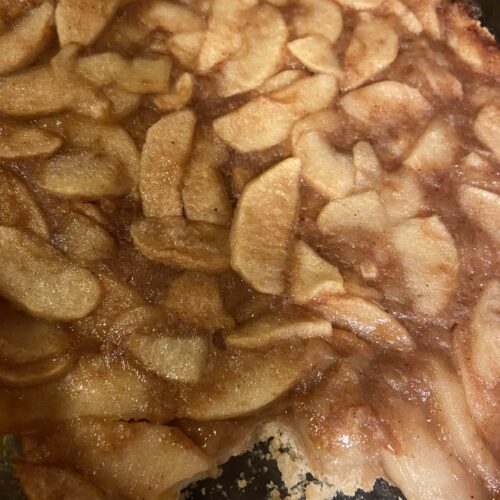
Apple Pie Filling Quick Apple Bars
Ingredients
- 1 ½ cups all purpose flour
- ½ cup oil whatever oil suits you: olive, vegetable, coconut
- 1 teaspoon salt
- 2 tablespoons milk
- ¼ teaspoon cinnamon optional
- ¼ teaspoon nutmeg optional
- 1 tablespoon sugar
- 1 quart thawed apple pie filling
Instructions
- Preheat the oven to 450 degrees.
- While the oven is preheating, combine all the ingredients besides the pie filling in a small bowl. It will be moist.
- Using your fingers, press the crust into an ungreased brownie pan (8×8 or 11×7).
- Spread apple pie filling evenly over the crust.
- Place in the oven and bake for 15 minutes at 450 degrees.
- Lower the temperature to 350 degrees and bake an additional 20-30 minutes, depending on the size of your pan.

